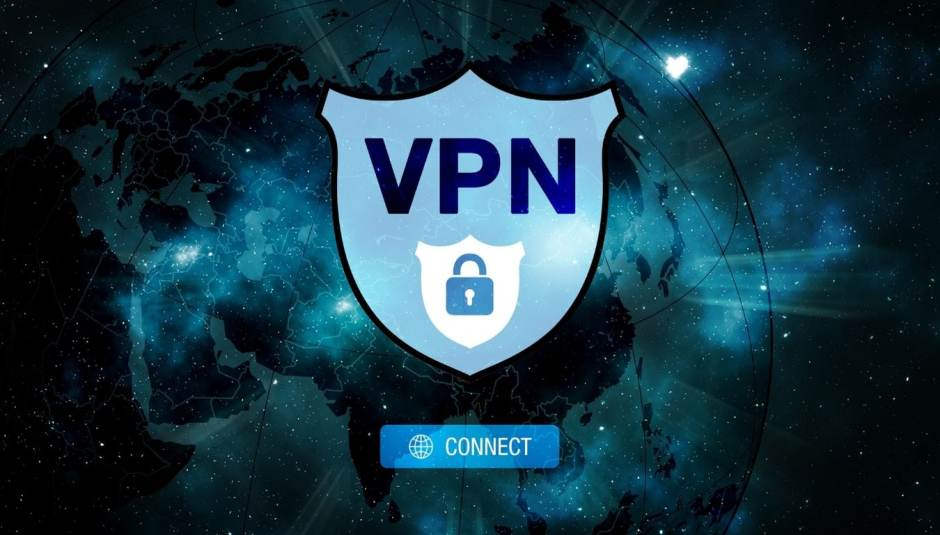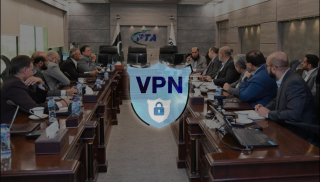You should look for another VPN service if your current one doesn’t include a kill switch. A kill switch is a crucial privacy feature of VPNs. It immediately terminates your internet connection in case your encrypted VPN connection loses out for any reason. This makes sure that no one outside the VPN tunnel can see what you’re doing online, which is important because being seen can be unsafe in many situations.
Virtual private networks (VPNs) encrypt all of your data before sending it over the internet to a dedicated server in a country of your choosing. During this procedure, your visible IP address is replaced with the IP address of the server you’re connecting to. Virtual private networks (VPNs) do more than just access geographically restricted content; they also hide your online activity from strangers, such as your internet service provider (ISP), government agencies, and cybercriminals. Therefore, it is better to not use a VPN at all if there is no kill switch to secure your data in the case that your connection suddenly fails.
Here is everything you need to know about virtual private network (VPN) kill switches, including how they operate, why you need them, and how to test their functionality.
Why do you require a VPN kill switch?
Your data and IP address could be revealed if your VPN connection drops for even a millisecond. The Kill Switch should always be on, and here’s why.
For added peace of mind
A virtual private network (VPN) kill switch is an additional layer of protection for journalists, political activists, and bloggers based in countries with authoritarian governments.
For personal secrets
The worst-case scenario is still being unable to access your social media accounts, even though this is far from catastrophic. Before entering sensitive information that could be used to violate your privacy, make sure to turn on the Kill Switch.
For Data Privacy
Always use encryption when dealing with sensitive or classified material for work.
How does a VPN kill switch work?
When turned on, a VPN kill switch will keep an eye on your connection and notify you if your IP address or network circumstances change. An immediate cutoff to internet access will be instituted the moment it detects a change in either of these criteria. When you reconnect to a VPN server or when the VPN tunnel automatically re-establishes itself, the kill switch will allow your internet connection to reconnect while it monitors your VPN connection.
Types of VPN Kill Switches
Today, VPN kill switches come in two varieties: those that cover your entire system and those that exclusively protect specific apps.
Application Level
Application-level VPN kill switches simply stop certain apps from sending data; they don’t stop your internet connection. This form of kill switch prevents you from mistakenly revealing app-related actions while not interfering with your browsing experience once your VPN connection fails.
System Level
System-level VPN kill switches don’t take any chances; in order to safeguard your data, the VPN client will immediately cut off all internet traffic if your VPN connection fails.
Methods for Verifying the VPN Kill Switch
Make sure your primary internet connection is stable before you attempt to test your VPN kill switch. After ensuring your internet is functioning properly, connect with your VPN and, if it isn’t already, turn on the kill switch. Next, you have the option to either disconnect from the VPN server or create the illusion of a VPN failure by doing things like manually resetting your network settings, restarting your laptop, or turning on and off airplane mode on your mobile device. Your kill switch is functioning correctly if you discover that your internet connection has been disconnected or if the applications you designated with your kill switch have been terminated.












